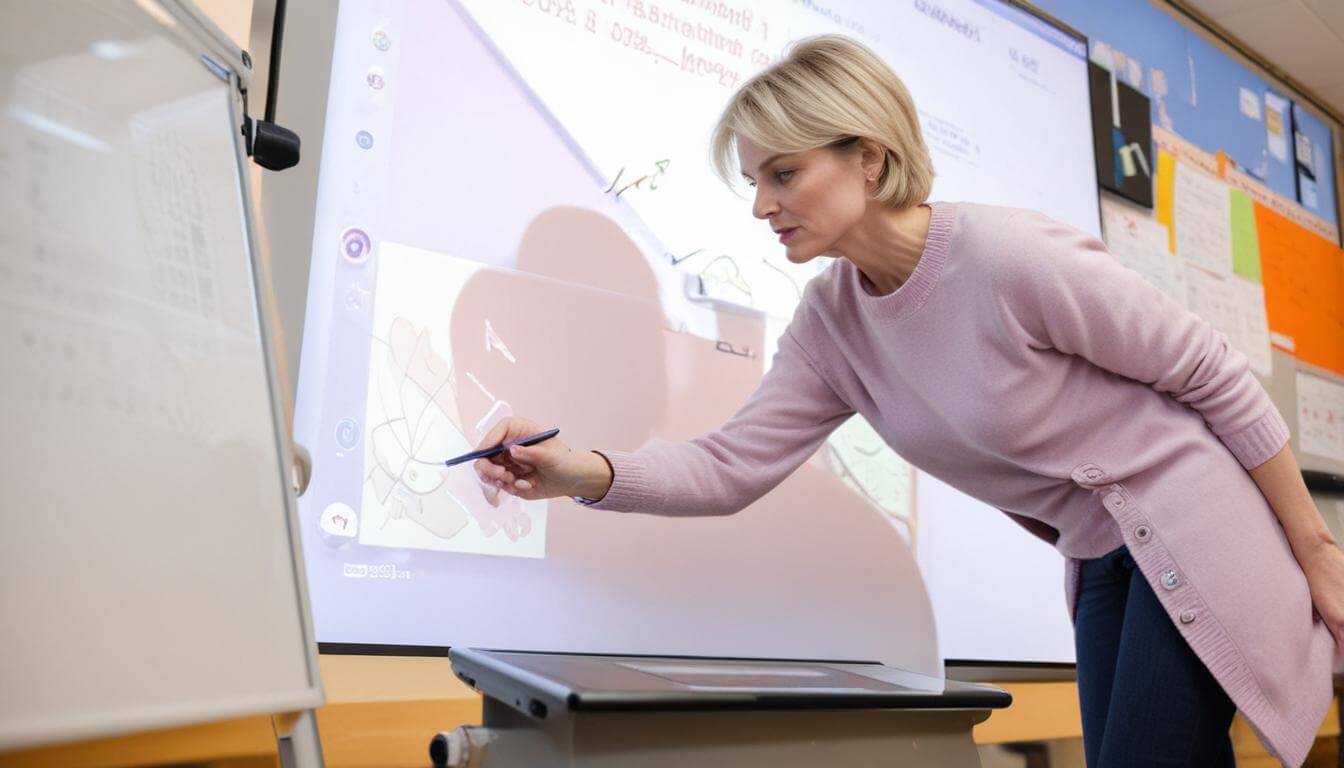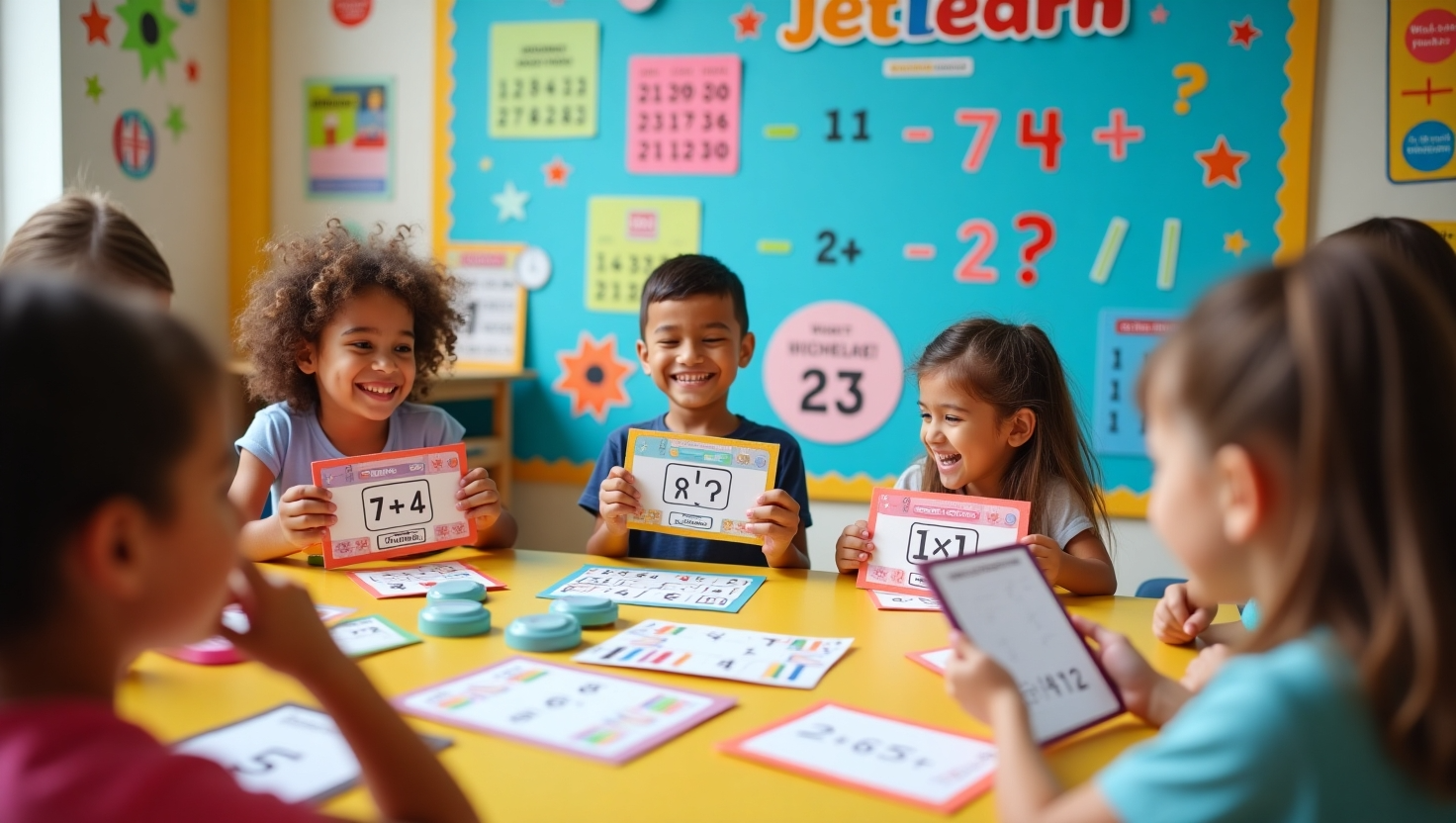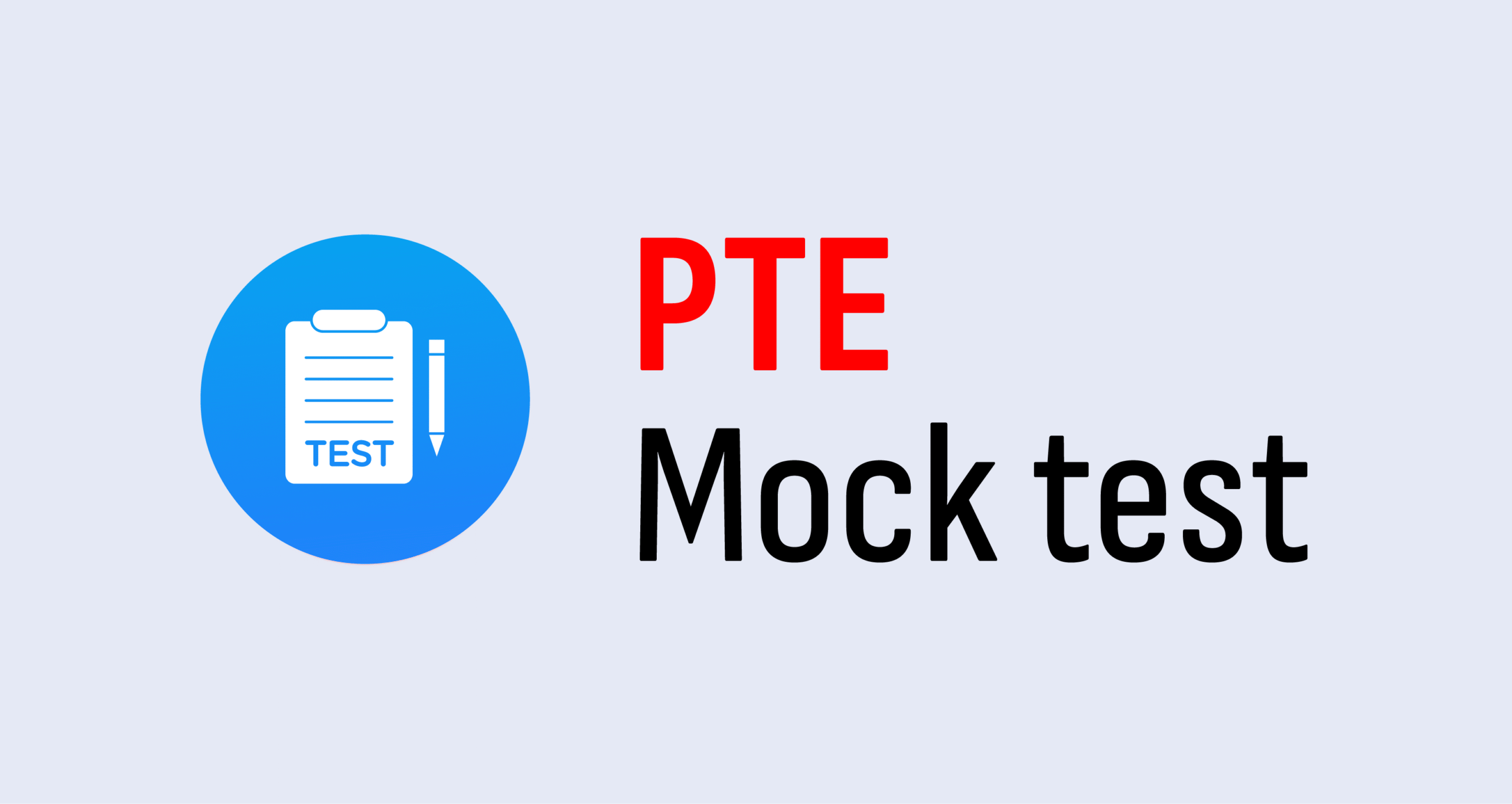Education is evolving rapidly with the integration of technology, and classrooms are no exception. One of the most significant upgrades in educational tools has been the shift from traditional whiteboards to the more advanced interactive flat panels. This transition sparks an important debate: Which is better for modern classrooms—the classic whiteboard or the innovative interactive flat panel? Let’s dive deep into the advantages and drawbacks of both to determine which solution best enhances learning and teaching experiences. Also have a look at interactive quizzes.
Understanding the Tools
Traditional Whiteboards
Whiteboards have been a classroom staple for decades. Simple, cost-effective, and easy to use, they allow teachers to write, draw, and explain concepts on a large, visible surface. With the addition of markers and erasers, they provide a straightforward, no-frills method of instruction that doesn’t require electricity or technical know-how.
Interactive Flat Panels
An interactive flat panel is a large, touch-sensitive digital display that functions much like a giant tablet or touchscreen computer. It enables educators to deliver interactive lessons using multimedia content, digital tools, and real-time collaboration. These panels offer high-definition visuals, multi-touch capabilities, and access to educational apps, making lessons more engaging and dynamic.
Comparing Key Features
1. Engagement and Interactivity
Traditional Whiteboards: Whiteboards support basic interactivity. Teachers can write notes, draw diagrams, and invite students to solve problems on the board. However, their engagement potential is limited to text and drawings.
Interactive Flat Panels: In contrast, interactive flat panels are designed to maximize student engagement. Teachers can incorporate videos, animations, interactive quizzes, and educational games. Students can directly interact with the content through touch, fostering participation and enthusiasm.
Winner: Interactive Flat Panels
2. Content Versatility
Traditional Whiteboards: Whiteboards are restricted to handwritten content. Teachers often need to rely on additional tools like projectors or printed handouts for complex visuals and multimedia.
Interactive Flat Panels: An interactive flat panel offers unparalleled content versatility. Educators can display videos, digital textbooks, web content, and 3D models. They can annotate documents, zoom in on details, and switch between various educational apps seamlessly.
Winner: Interactive Flat Panels
3. Collaboration and Group Work
Traditional Whiteboards: While students can participate by writing on the board, collaboration is often limited to one or two students at a time.
Interactive Flat Panels: Multi-touch technology allows several students to interact with the screen simultaneously. This encourages group discussions, problem-solving activities, and team projects. Plus, students can connect their devices to the panel to share ideas and work collaboratively.
Winner: Interactive Flat Panels
4. Ease of Use and Accessibility
Traditional Whiteboards: Simple and user-friendly, whiteboards require no technical expertise. However, students with disabilities may face challenges if they can’t physically reach the board.
Interactive Flat Panels: Although they require some training, interactive flat panels are designed with accessibility in mind. Features like adjustable height, voice commands, and screen readers make them more inclusive for students with different needs.
Winner: Interactive Flat Panels
5. Cost and Maintenance
Traditional Whiteboards: Whiteboards are significantly cheaper to purchase and maintain. Costs are generally limited to markers and erasers. They are durable and require minimal upkeep.
Interactive Flat Panels: The initial investment for an interactive flat panel is higher due to the cost of the device and potential software subscriptions. However, they eliminate recurring expenses like printing handouts and replace multiple classroom tools (projectors, speakers, whiteboards).
Winner: Traditional Whiteboards (for budget-conscious schools)
6. Environmental Impact
Traditional Whiteboards: Markers contribute to waste, and paper handouts increase paper consumption.
Interactive Flat Panels: By going digital, interactive flat panels significantly reduce paper usage. Teachers can share notes digitally, and interactive lessons minimize the need for printed materials.
Winner: Interactive Flat Panels
7. Durability and Longevity
Traditional Whiteboards: Whiteboards can last for years, but over time, they may stain or ghost, making them harder to clean.
Interactive Flat Panels: With proper care, interactive flat panels are designed for long-term use. They are built with durable materials, and regular software updates keep them functional and current.
Winner: Interactive Flat Panels
The Emotional Impact on Learning
Learning isn’t just about absorbing information—it’s about sparking curiosity and fostering a love for discovery. Interactive flat panels captivate students with visually rich and immersive lessons. They empower teachers to present information in ways that resonate emotionally, making lessons memorable and engaging.
For example, a history teacher can take students on a virtual tour of ancient civilizations or a biology class can explore interactive 3D models of the human body. These experiences leave a lasting impression, making learning enjoyable and impactful.
Addressing Concerns About Technology in the Classroom
Some educators worry that technology might distract students. However, when used effectively, an interactive flat panel can channel students’ love for technology into productive learning. Proper training for teachers ensures that these tools are used to complement—not replace—effective teaching methods.
Making the Right Choice for Your Classroom
Ultimately, the choice between interactive flat panels and traditional whiteboards depends on the school’s educational goals and budget. Traditional whiteboards still offer a cost-effective and straightforward solution for basic instruction. However, for schools aiming to foster creativity, collaboration, and interactive learning, interactive flat panels offer unparalleled benefits.
Conclusion
The classroom of the future is here, and it’s interactive. While traditional whiteboards have served educators well for decades, interactive flat panels are redefining the teaching and learning experience. They offer a dynamic, engaging, and versatile platform that not only enhances lesson delivery but also fosters collaboration and creativity.For schools looking to equip students with the skills they need to thrive in a digital world, investing in interactive flat panels is a forward-thinking decision. By embracing this technology, educators can transform their classrooms into vibrant learning hubs where knowledge comes alive.





